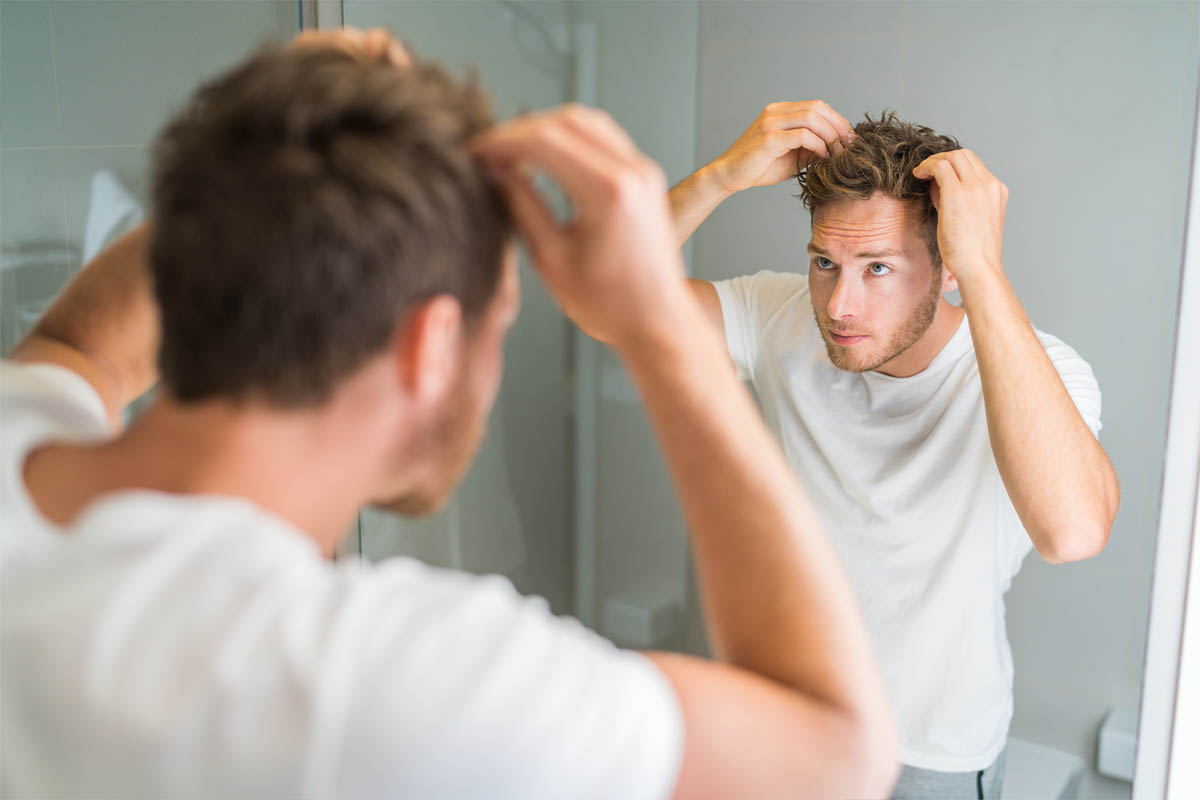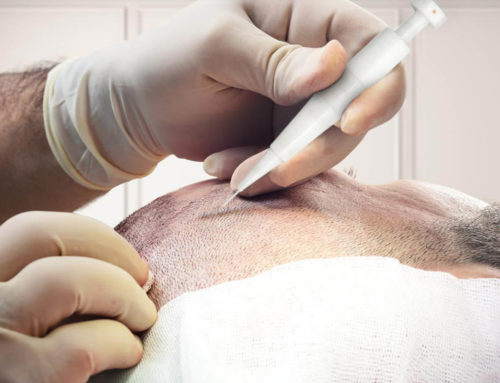Hair loss is a common concern among many men, with estimates indicating that around two-thirds of males will begin to experience it by their mid-30s. While some men choose to fully embrace this change by shaving their heads, as this is the age of confident bald individuals, others may opt for treatments to slow down hair loss.

Numerous companies are in the market, offering products that claim to assist in maintaining your hair. However, the effectiveness of these products depends on your definition of “work.” Although there’s no miraculous solution to regrow lost hair, according to our experts at IstanBest Clinic, there are several strategies and products that might help you preserve the hair you still have.
It’s important to consider that hair loss can be caused by various factors. Stress, for example, can lead to temporary hair loss known as telogen effluvium, which was observed more frequently during the peak of the pandemic. With telogen effluvium, hair becomes thinner but often regrows. Additionally, there is an autoimmune condition called alopecia areata that results in hair loss, and some promising treatments are available for it. If you’re noticing or experiencing thinning hair, you can try these strategies to help prevent further loss.
1 – Nutrafol
Dermatologists and Men’s Health advisors, describe Nutrafol as a well-known hair loss supplement that features a unique combination of nutraceuticals designed to promote thicker and fuller hair growth. The vitamins and herbal components in Nutrafol are formulated to assist in reducing the presence of dihydrotestosterone, a byproduct of testosterone known to contribute to hair thinning.
2 – Minoxidil (Rogaine)
While Rogaine cannot fully restore your lost hair, it can assist in preserving what remains. This FDA-approved topical medication enhances blood circulation and supplies hair follicles with increased oxygen and essential nutrients.
Opt for the 5 percent foam version of Rogaine to avoid potential irritation and the greasy residue it may leave on your hair, as recommended by Doctors. Apply it to your scalp in the morning and evening for the best results. However, any new hair growth is likely to be shorter and finer, resulting in less fullness compared to your previous hair.
An alternative medication, finasteride (marketed as Propecia), is an oral treatment that can also help maintain your existing hair. Some individuals opt to initiate treatment with minoxidil, as it has not been associated with issues like erectile dysfunction or reduced libido.
3 – Laser Treatment
In recent years, laser devices have been added to the list of FDA-approved treatments for hair loss, alongside minoxidil and finasteride. However, their effectiveness in preventing hair loss remains a subject of ongoing inquiry.
These devices utilize low-level light and are available in the form of wands or helmets, with prices ranging from $200 to nearly $900. For instance, the iGrow helmet costs $449 and requires 25-minute sessions every other day. In a comprehensive study published in the American Journal of Clinical Dermatology in 2014, men who used these devices three times a week observed an increase in hair density after 26 weeks.
Nevertheless, it’s important to note that much of the research on laser devices has been funded by the manufacturers of these products, potentially introducing bias. In fact, an independent evaluation published in the Journal of Dermatological Treatment in 2014 concluded that these products are still in the experimental phase and lack definitive proof of efficacy.
4 – Ketoconazole Shampoo
Replace your regular shampoo with one that contains 1 percent ketoconazole, like Nizoral, or consult your physician for a prescription of the 2 percent formulation.
Our experts explain, “While it’s marketed as an anti-dandruff ingredient, there is substantial research indicating that ketoconazole also acts as an anti-androgen.” Anti-androgens inhibit the conversion of testosterone into dihydrotestosterone, the hormone byproduct responsible for shrinking hair follicles. To use this shampoo, massage it into your scalp, step away from the direct stream of the shower, leave it on for two to three minutes, and then rinse it out.

5 – Vitamin D
In certain instances, low vitamin D levels have been correlated with hair loss. While maintaining healthy vitamin D levels is important for every man, this vitamin is not typically associated with the more common type of hair loss. However, researches indicate a potential link between a deficiency in vitamin D and alopecia areata. He explains, “Vitamin D plays a role in stimulating hair follicles, and when its levels are insufficient, it can impede the growth of new hair.”
A study published in the British Journal of Dermatology found that individuals with alopecia areata were three times more likely to have a deficiency in vitamin D compared to those with a healthy head of hair.
6 – Corticosteroid Therapy
Hair loss can occasionally result from inflammation related to medical conditions like autoimmune disorders. For instance, in the context of alopecia, the American Academy of Dermatology suggests that corticosteroid medications can be administered via injections into the scalp to alleviate inflammation. These treatments are typically administered approximately once a month and aid in promoting the growth of new hair.
7 – Meditation and Physical Activity
If you’re experiencing more hair loss than usual or observing significant bald patches, it might be worthwhile to assess your stress levels. Why? Stress can effectively induce a resting phase in hair follicles, inhibiting their growth, which is characteristic of telogen effluvium.
Regardless of whether it’s telogen effluvium or another cause, it’s beneficial to reduce your stress levels. Traditional methods for stress management include meditation and engaging in regular physical exercise.
8 – Iron
For individuals adhering to a plant-based diet, thinning hair might be linked to an iron deficiency. This is because the body absorbs the type of iron present in animal products, such as shrimp and eggs, more efficiently. Those who obtain their iron from plant sources like lentils and spinach may need to consume a higher quantity of this nutrient. The National Institute of Health recommends that adult males should aim for around eight milligrams of iron daily. In general, hair regrowth is likely to occur once iron levels are replenished, but this process may take a few months.
In conclusion, addressing hair loss involves a multifaceted approach, considering various factors and potential treatments. Whether you’re looking to maintain your existing hair, stimulate new growth, or combat specific conditions like alopecia or telogen effluvium, there are options to explore. Minoxidil, finasteride, and ketoconazole shampoos offer pharmaceutical solutions, while laser devices and corticosteroid treatments provide alternative approaches. It’s essential to consider individual circumstances, consult with a healthcare professional, and make informed choices. Additionally, factors like stress, nutrition, and vitamin D levels should not be underestimated, as they play a significant role in hair health. Ultimately, the path to managing hair loss is a personal journey, and finding the right combination of treatments and lifestyle adjustments can help individuals regain confidence and achieve a healthier, fuller head of hair.




